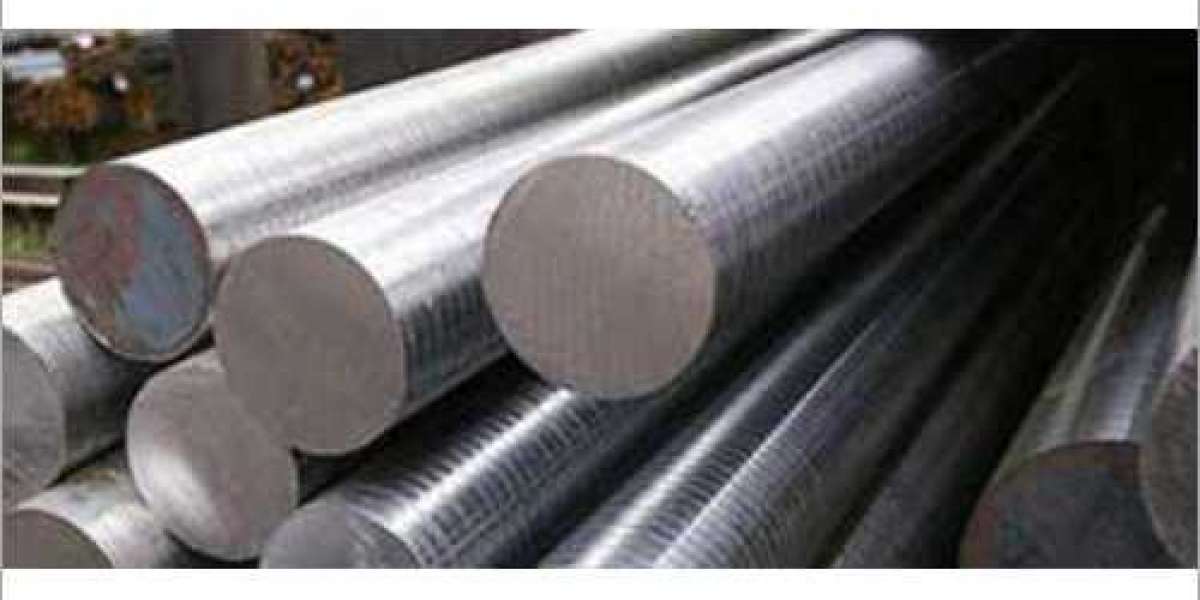Stainless steel, renowned for its corrosion resistance and durability, is a popular choice in various industries. When it comes to welding SS 316 round bars, precision and expertise are paramount to ensure optimal results and maintain the material's integrity. In this guide, we'll delve into the essential welding techniques for SS 316, offering insights to help you achieve strong, durable welds.
Understanding SS 316: Stainless Steel 316 is an austenitic stainless steel alloy containing chromium, nickel, and molybdenum. Its unique composition enhances its corrosion resistance, making it suitable for applications in harsh environments, such as marine and chemical processing. However, welding SS 316 requires careful consideration of its properties to prevent issues like sensitization and intergranular corrosion.
Preparation is Key:
Material Preparation: Ensure that the SS 316 round bar is clean and free from contaminants, such as grease and oxides, which can compromise the weld quality. Use a stainless steel brush to remove surface impurities.
Joint Design: Choose an appropriate joint design based on the application and load requirements. Common joint configurations for round bars include butt joints, lap joints, and T-joints.
Welding Techniques:
TIG Welding (GTAW): Tungsten Inert Gas welding is a preferred method for welding SS 316 due to its precision and control. Use a high-purity argon gas to shield the weld from atmospheric contaminants.
- Electrode Selection: Use a thoriated tungsten electrode for better arc stability.
- Filler Material: Choose a filler rod with a similar composition to SS 316, such as ER 316L for optimal compatibility.
- Heat Control: Maintain a controlled heat input to minimize the risk of sensitization. Avoid overheating to prevent the formation of chromium carbides.
MIG Welding (GMAW): Gas Metal Arc Welding is another effective method for welding SS 316 round bars, especially for thicker sections.
- Gas Shielding: Use a shielding gas with high argon content to protect the molten weld pool.
- Wire Selection: Employ a filler wire with a composition matching that of SS 316, such as ER 316L.
- Joint Fit-Up: Ensure proper fit-up to prevent excessive gaps, which can lead to incomplete fusion.
Post-Weld Treatment:
Pickling and Passivation: After welding, treat the weld area to remove oxides and scales using a pickling solution. Follow this with passivation to enhance the corrosion resistance of the weld.
Heat Treatment: In certain applications, a post-weld heat treatment may be beneficial to relieve residual stresses and improve the overall mechanical properties of the weld.
Conclusion: Mastering the art of welding Stainless steel 316 Round Bar requires a combination of proper preparation, selection of appropriate welding techniques, and post-weld treatments. By following the guidelines outlined in this comprehensive guide, you can achieve optimal results, ensuring the integrity and longevity of your stainless steel welds. Remember, precision and attention to detail are key to success in stainless steel welding.









